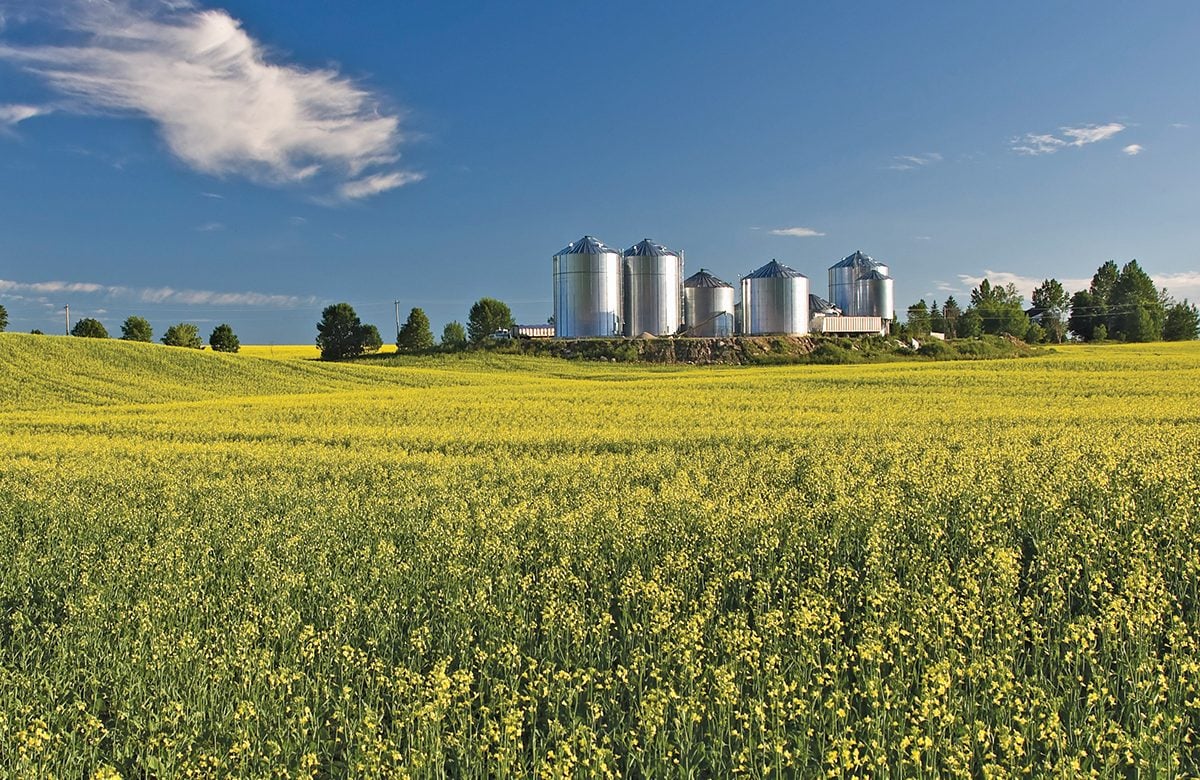What’s your plan once you’ve got your canola in the bin? If it’s just to turn the fans on and walk away, you risk spoilage in your most valuable crop. Bin monitoring equipment is getting more sophisticated, sure, but this grain storage expert from PAMI says farmers still need to keep a close eye on conditions in the bin to ensure their canola stays cool, dry and safe. He explains that a good understanding of how air moves through grain, what fans can and can’t do, and even just having spare parts on hand, can all help you keep your canola safe in the bin this winter.
The “set it and forget it” mantra may work for a slow cooker, but not freshly harvested canola. When it comes to storage of what is likely your most expensive crop to produce and usually your most lucrative to sell, a multifaceted approach to storage is a must.
Lorne Grieger is an agricultural engineer and director of technical sales at the Prairie Agricultural Machinery Institute (PAMI) based in Humboldt, SK, and has more than 20 years experience studying grain storage and associated technology. He says your canola can sit in the bin long-term undisturbed if needed, but it takes good preparation on your part.
Air: your invisible ally
So much of successful canola storage centres around one critical factor: airflow. “Make sure that whatever setup you’re using for storage, it has a capability to maintain a desired airflow rate based on the condition of the seed going into the bin at the time of harvest,” says Grieger.
Start with the fact that canola needs to be under 10 per cent moisture for safe long-term storage. At that percentage, the industry standard for airflow in a bin of canola is 0.1 cubic feet per minute (CFM) per bushel for proper aeration. However, if you need to dry your canola down, the guidance is 1.0 CFM per bushel.
Read full article

